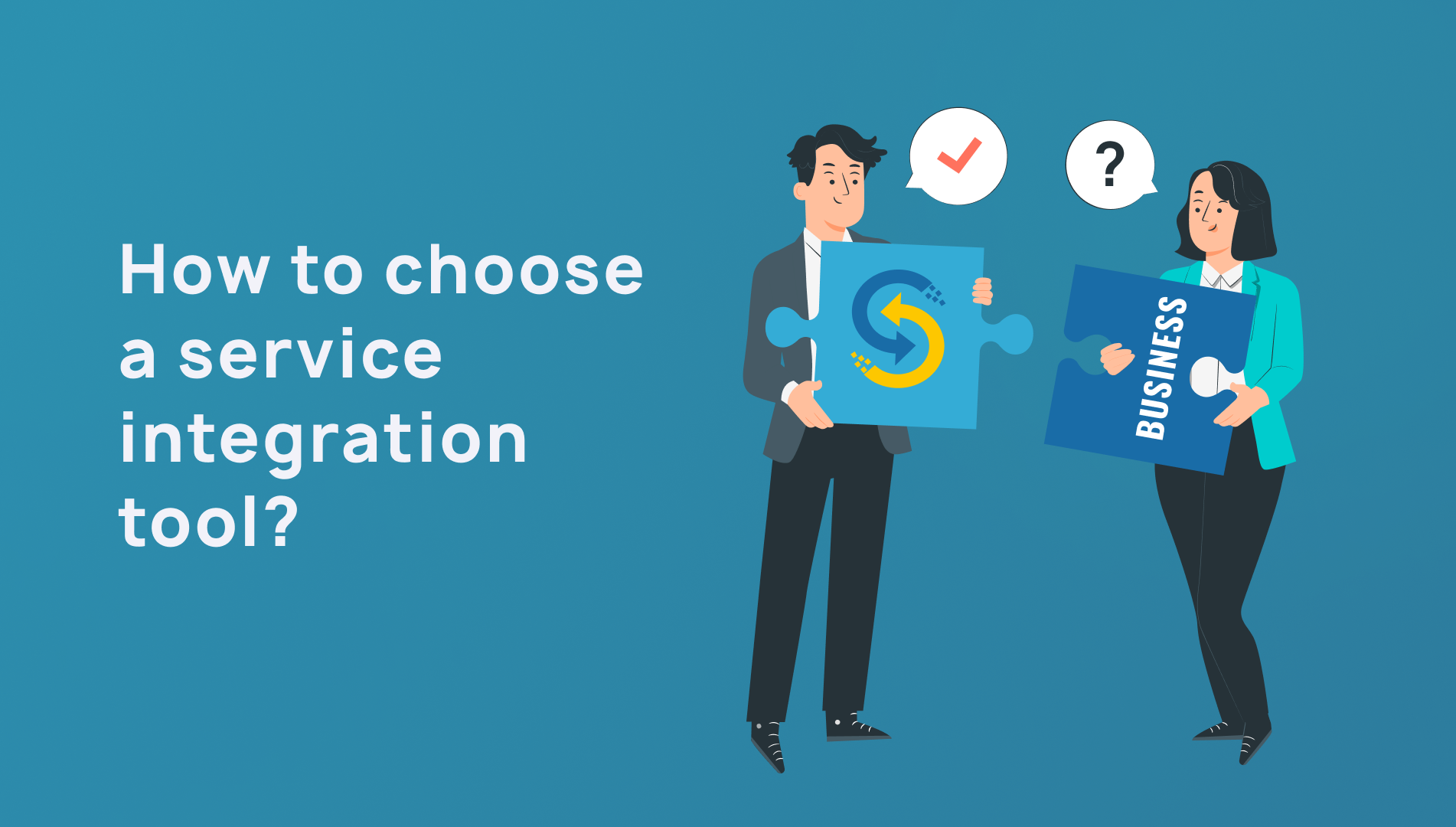TOP 5 Tips for Ensuring Safety During Service Integration
Integrating various services into your business can significantly streamline and enhance the efficiency of your workflows. However, along with these benefits comes the responsibility for the security of your company’s data and information. To assist you in ensuring security during service integration, we reached out to our partners – AlterEGO, experts in business process automation, to learn about the approaches they use when setting up service integrations.
5 Tips to Ensure Security During Service Integration
1. Conduct a business audit
Before initiating any integration, it’s crucial to conduct an audit of the business processes requiring integration, along with analyzing the security of your system. This helps identify potential risks and weaknesses in your infrastructure or data transmission. In this case, you or your contractor can develop a security strategy that addresses all possible threats.
2. Utilize data encryption
Always apply encryption to protect transmitted data between systems. Use reliable encryption protocols such as SSL or TLS to ensure confidentiality and integrity of data during transmission.
3. Access management
Limit access to the system to only necessary users and services. Use the principle of least privilege to avoid inadequate control over access. Additionally, regularly review and update access rights, especially after completing the integration process. It’s also recommended to use access keys instead of password input.
4. Backup and recovery
Before starting integration, create backups of all important data and configurations. This helps you restore the system to a functional state in case of any problems or security attacks.
5. Quality training
Educate your employees on security rules and incident response procedures. Provide them with regular cybersecurity training to increase overall awareness and risk management skills.
AlterEGO’s developers also highlighted another equally important stage for ensuring security during service integration – the selection of tools.

How to choose a service integration tool?
- Compatibility with existing systems: Ensure that the chosen tool integrates with your existing systems.
- Functional capabilities: Choose a tool that provides necessary functional capabilities for data security, such as monitoring, threat detection, access control, etc.
- Scalability: It’s important that the chosen tool is scalable and can meet the needs of your business both currently and in the future as your business grows.
- Tool security: Ensure that the selected tool for service integration has a high level of security for your own system. This means it should have protection against potential attacks, data encryption, and other security measures.
- Support and updates: Choose a tool that has reliable technical support and regular updates. This helps ensure an up-to-date level of protection and a swift response to new threats.
By following these recommendations, you won’t have to worry about the question “How to minimize security risks during service integration and ensure the protection of your business information?” . Remember, security should be at the core of all technological initiatives, or else you might become a victim of cyber attacks and lose the trust of your clients and partners.

